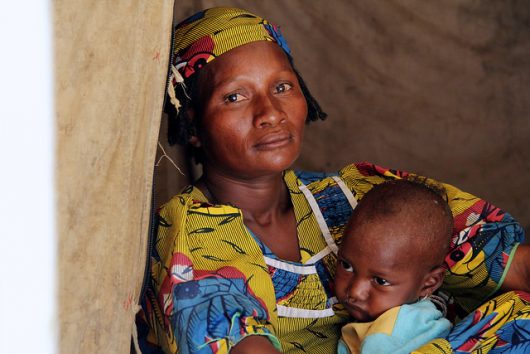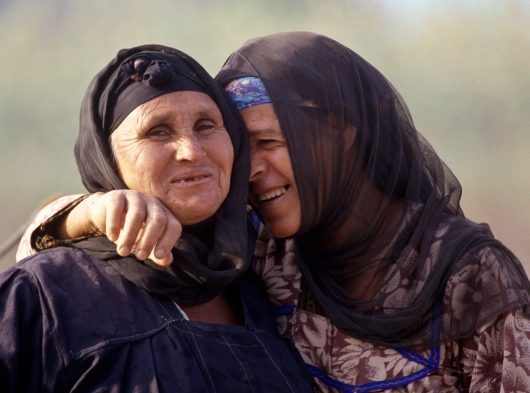
With a vast population of more than 30 million people, the Southeast Asian country of Malaysia has proven to be susceptible to numerous outbreaks and diseases. According to the World Health Organization’s (WHO) 2014 Country Profile of Malaysia, cardiovascular disease is listed as the leading cause of death at 36 percent, affecting all ages and both sexes. Communicable, maternal, perinatal and nutritional conditions are the second highest cause of death at 16 percent, followed by cancer at 15 percent. The remaining percentages consisted of a combination of other non-communicable diseases (NCDs), injuries, chronic respiratory diseases and diabetes. The most recent data covering top diseases in Malaysia is discussed below.
Top 7 Diseases in Malaysia
Coronary heart disease
According to the WHO, Coronary heart disease ranks number one in terms of both diseases and health-related problems, responsible for 29,363 deaths. Coronary heart disease is the buildup of plaque in the heart’s arteries, which often leads to heart attacks.
Stroke
Stroke is the second-largest cause of death in Malaysia, as it affects approximately 40,000 people each year.
Influenza and pneumonia
Influenza and pneumonia have caused 11,773, or 9.26 percent, of total deaths. Influenza (flu) is a severe viral infection that is highly contagious. Pneumonia is a serious infection or inflammation of the lungs.
Lung diseases
Lung diseases are another one of the top diseases in Malaysia, with 6,797 recorded deaths.
Diabetes mellitus
The total number of deaths as a result of diabetes amounts to 4,760. Diabetes mellitus is a chronic, lifelong condition that affects the body’s ability to use the energy found in food, whether that be a lack of insulin, or an inability to use the insulin that is produced.
HIV/AIDS
As of 2015, 91,600 people in Malaysia live with HIV/AIDS, and 7,200 deaths have come from the disease.
Leptospirosis
In 2016, leptospirosis, a water contact disease, was classified as one of the top diseases in Malaysia. Humans can become infected through contact with water, soil or food contaminated with the urine of infected animals. Without adequate treatment, leptospirosis can lead to kidney damage, meningitis, liver failure, respiratory distress and in extreme cases, death.
Various diseases continue to present concerns for Malaysia and its people. It is necessary that both the public and professionals are aware of these diseases in order to provide affected individuals with the proper healthcare and assistance that they need.
– Mikaela Frigillana
Photo: Flickr








 The water quality in
The water quality in 